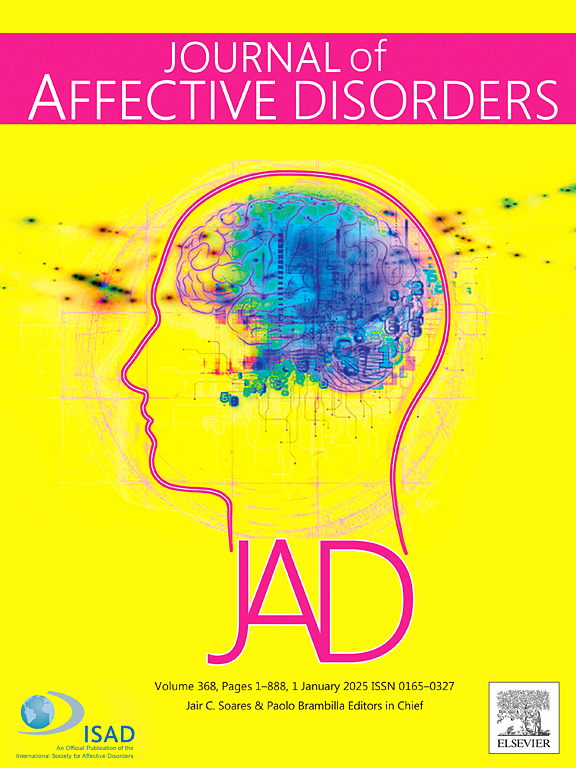Association between swallowing function and depressive symptoms among community-dwelling older adults: A cross-sectional study in Central China
IF 4.9
2区 医学
Q1 CLINICAL NEUROLOGY
引用次数: 0
Abstract
Background
Swallowing dysfunction and depressive symptoms are prevalent among older adults. This study explored the association between swallowing function and depressive symptoms among community-dwelling older adults.
Methods
This cross-sectional study included Chinese community-dwelling older adults (≥65 years old) in 2023, using cluster random sampling. Questionnaires were used to collect information on swallowing function (10-item Eating Assessment Tool), depressive symptoms (9-item Patient Health Questionnaire), sociodemographic characteristics, health status, and lifestyle. Multivariable logistic regression models and Directed Acyclic Graphs were used to identify factors associated with depressive symptoms. Propensity Score Matching (PSM) was used to explore the association between swallowing function and depressive symptoms.
Results
Totally, 8388 participants were included. The prevalences of depressive symptoms and swallowing dysfunction were 16.40 % (95 % CI: 15.52 %–17.19 %) and 22.06 % (95%CI: 19.86 %–24.25 %), respectively. The multivariate regression model showed that swallowing function was one of the factors associated with depressive symptoms (OR = 1.699, 95 % CI = 1.448–1.995, P < 0.001). The risk ratio for depressive symptoms was significantly higher in the participants with swallowing dysfunction than those with normal swallowing function [(23.29 %, 431/1850) vs. (945/6538, 14.45 %), P < 0.001] There were 17 out 38 of variates enrolled in the PSM covariate set. A total of 1850 pairs of participants were matched and PSM revealed a 6.64 % difference in the risk ratio for depressive symptoms [(23.29 %, 431/1850) vs. (16.65 %, 308/1850), P < 0.001]. The PSM robustness test supported the stability and reliability of the results.
Conclusions
In Chinese community-dwelling older adults, swallowing dysfunction was positively associated with depressive symptoms.
求助全文
约1分钟内获得全文
求助全文
来源期刊

Journal of affective disorders
医学-精神病学
CiteScore
10.90
自引率
6.10%
发文量
1319
审稿时长
9.3 weeks
期刊介绍:
The Journal of Affective Disorders publishes papers concerned with affective disorders in the widest sense: depression, mania, mood spectrum, emotions and personality, anxiety and stress. It is interdisciplinary and aims to bring together different approaches for a diverse readership. Top quality papers will be accepted dealing with any aspect of affective disorders, including neuroimaging, cognitive neurosciences, genetics, molecular biology, experimental and clinical neurosciences, pharmacology, neuroimmunoendocrinology, intervention and treatment trials.
 求助内容:
求助内容: 应助结果提醒方式:
应助结果提醒方式:


